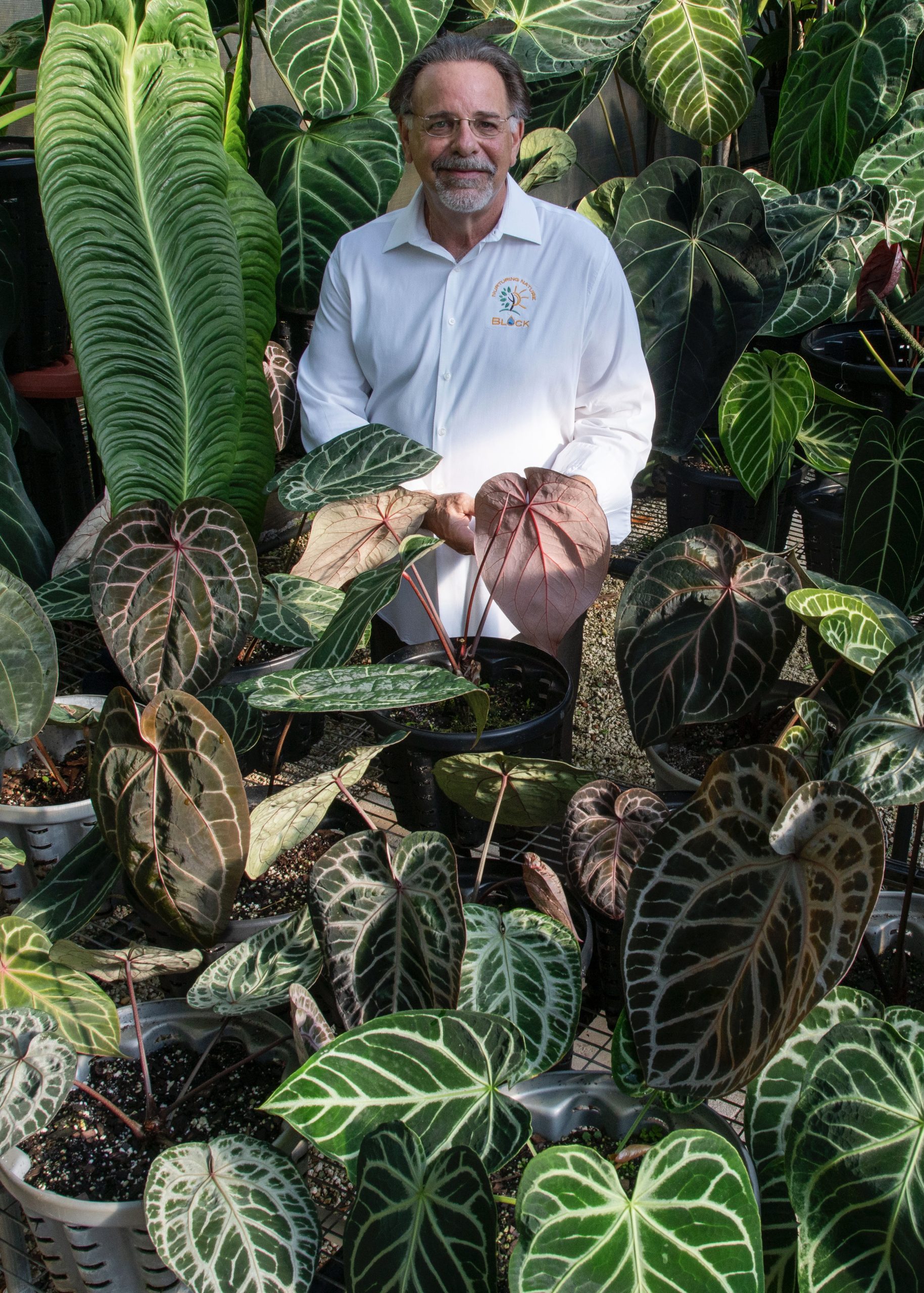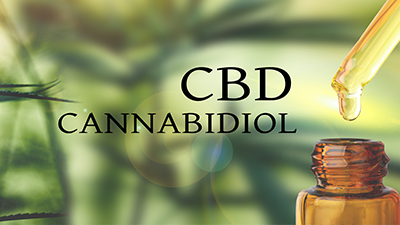
Doctor Block……..”A Physician Botanist’s Insight to Cannabis species: The Naming of Plants and Products”
TheAnswerPage.com blog post by Jeffrey S. Block, M.D.
Founder, Nurturing Nature® Group Consultants
UF/IFAS Master Gardener (Miami-Dade County)
UF/IFAS Industrial Hemp Pilot Project Advisory Committee
Cannabis sativa – One plant, Many crops
Despite its cultivation as a source of food, fiber and medicine, and its global status as the most frequently used illicit drug, plants in the genus Cannabis currently experience an inconclusive taxonomic organization and evolutionary history. Because of the challenges in determining geographical origin of modern plants and the possibility for reproduction across the genus, all plants in the genus are most accurately Cannabis sativa. What is botanically indistinguishable has many distinctions as a crop.
Marijuana law concept as a cannabis leaf holding up a justice scale as a medicinal or recreational drug legalization social issue symbol with 3D illustration elements.
Hemp is a Cannabis crop typically grown for seed and fiber production that more recently has been incorporated into the industrial manufacture of several derived products, including biodegradable plastics, biofuel, clothing, textiles, insulation, paper, food, and food for animal consumption. Hemp has traditionally contained low amounts of THC, but more recently has been hybridized as a source of CBD, or cannabidiol.
Cannabis plants that contain higher amounts of the intoxicating psychoactive cannabinoid THC are used for medical purposes and as a recreational drug. A burgeoning Cannabis industry currently provides both marijuana for therapeutic Δ-9 Tetrahydrocannabinol (THC), and industrial hemp for Cannabidiol (CBD), though both cannabinoids can be present in traditional marijuana and hemp.
Subspecies and Cultivars
Cannabis dispensaries and product manufacturers still mistakenly label their products based on a perceived distinction between different subspecies types of cannabis plants: indica and sativa. The historical basis to the evolution of these subspecies is that Cannabis sativa indica developed in northern latitudes, while Cannabis sativa sativa came from equatorial regions. Yet, recent genomic analyses of cannabis plants reveal that modern plants should generally be regarded as hybrids of the two, with little chemical distinction in terms of their THC:CBD profiles. In addition to THC and CBD, different cultivars also express various combinations of terpenes, flavinoids, and other minor cannabinoids.
Chemical Classifications
As the chemical composition of a cannabis plant has been determined to be most important to distinguish between plant types and crops, the United States Pharmacopeia (USP) has evaluated specifications necessary to define key cannabis quality attributes. (6) Three main chemotypes have been identified as useful for labeling based on the following three cannabinoid constituents: (1) tetrahydrocannabinol (THC)-dominant chemotype; (2) intermediate chemotype with both THC and cannabidiol (CBD); and (3) CBD-dominant chemotype. Cannabis plants in each of these chemotypes may be further subcategorized based on the content of other cannabinoids and/or terpene profiles.
Extreme Chemistries
A 2017 federally commissioned report from the National Academies of Sciences, Engineering and Medicine (NASEM) recognized several conditions that have substantial and/or conclusive evidence-based data to support cannabis’ efficacy. Their statements relied on data accrued starting in 2000; when the average dry-weight percentage of THC was <5%. Archeological evidence suggests that a balanced cannabinoid profile had co-evolved after 5,000 years of human cultivated use. Extreme cannabinoid profiles accelerated after 1970’s Controlled Substances Act prohibition of Cannabis and later in efforts for modern medical and recreational markets.
While industry and marijuana advocates enthusiastically champion the plant’s safety based on the NASEM report’s research based on THC <5%; but contemporary plants sold and consumed typically exceed 20% THC. In addition to the THC potency of modern cultivars, one terpene of particular interest is myrcene. While several terpenes may contribute to calming or relaxing effects on the Cannabis user, myrcene is recognized for hypnotic properties that can negatively impact memory. The dominant genetics associated with myrcene result in its persistence within most modern cultivars.
Indeed, the NASEM report’s findings were able to confirm marijuana’s efficacy for a few indications, but the conclusions were based on evaluating a lower potency marijuana that was available between 2000 and 2016. Because currently used stronger Cannabis hybrids have yet to be objectively studied, we know very little about the safety and efficacy of the more potent “modern” cultivars and derived concentrates. More on potency will be discussed in future blogs.
What we know is that Cannabis sativa remains one plant with many crops requiring chemical analysis to distinguish types not only for legal purposes, but also for an educated consumer’s safe and efficacious use.
Healthcare….What is HealTHCare without THC®
References:
Manktelow, M. (2010) History of Taxonomy – Lecture from Dept. of Systematic Biology, Uppsala University.
Swanson, TE (2015), “Controlled Substances Chaos: The Department of Justice’s New Policy Position on Marijuana and What It Means for Industrial Hemp Farming in North Dakota” (PDF), North Dakota Law Review, 90 (3): 613.
“Erowid Cannabis Vault : Culture #2”. erowid.org. Retrieved 2008-06-20.
Sawler, et al. Plos One, 2015; 10(8): e0133292 The Genetic Structure of Marijuana and Hemp
El Sohley, M. et al “Cannabis Inflorescence for Medical Purposes: USP Considerations for Quality Attributes”. J. Nat. Prod. 2020, 83, 1334-1351.
http://learn.caim.yale.edu/chemsafe/references/dose.html
http://www.actionbioscience.org/environment/trautmann.html
The Answer Page, Inc is providing this blog as a forum for discussion and exchange of ideas. Reference to any specific product or entity does not constitute an endorsement or recommendation by the TheAnswerPage.com. The views expressed by guest bloggers are their own and their appearance in this blog does not imply an endorsement of them or any entity they represent. Views and opinions expressed by bloggers are those of the blogger and do not necessarily reflect the view of the TheAnswerPage. Please see TheAnswerPage.com Privacy Policy and Terms & Conditions before utilizing the blog.


